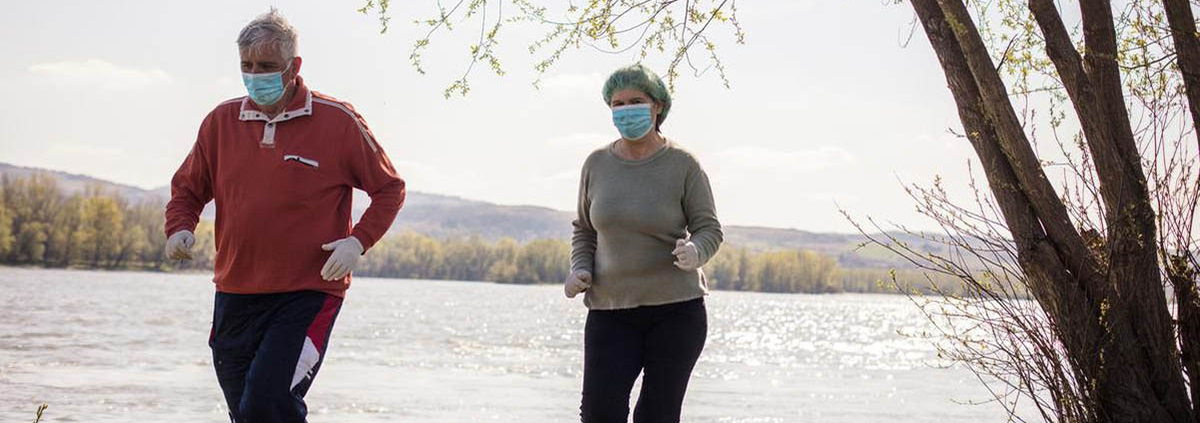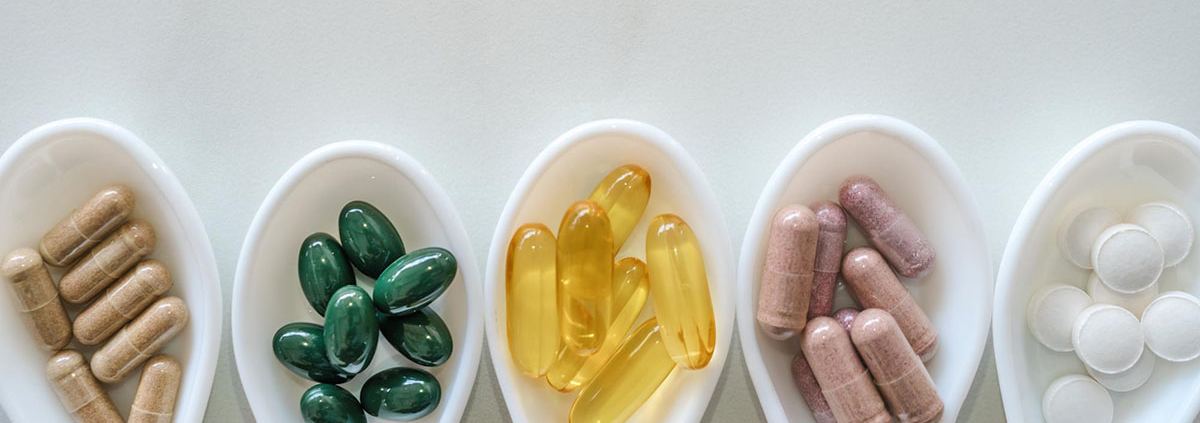Patients who have preexisting respiratory conditions such as asthma or chronic obstructive pulmonary disease (COPD) and live in areas with high levels of air pollution have a greater chance of hospitalization if they contract COVID-19, says a University of Cincinnati researcher.
Particulate matter is very small, small enough to be inhaled deep into the lungs, they cross into the blood and also affect other organ systems. Air pollution as a result of emissions from automobiles, factories or other sources is a generator of particulate matter.
The study’s findings were published online in the scholarly journal Respiratory Medicine .
Release date: 13 April 2021
Source: University of Cincinnati










